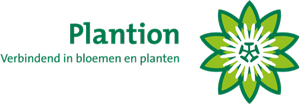Plant passport requirement expanded
From 14 December 2019 the requirement to have a plant passport will be expanded as a consequence of the new Plant Health Regulation. The new Plant Health Regulation replaces the current European Phytosanitary Directive 2000/29/EC.
The requirement to have a plant passport will apply to all ‘plants intended for planting out’. According to the EU definition, these are plants that can produce mature plants and are meant to do so. These plants must be planted out, replanted or remain planted. Everything that we now call cultivation material falls under this definition (thus also seeds), as well as all pot, bedding and container plants ‘for consumption’.
What does it mean for you?
All growers of pot, bedding and container plants will be subject to the plant passport requirement, including the trade companies that handle these products (for trade within the EU). This means that all companies will be given one plant health registration number, which must be specified on the plant passport.
More information?
Flyer Changes in the Plant Health Regulation
Read more on the Royal FloraHolland website



